How Adopting a Value-Based Pricing Model Has Benefited Our Company
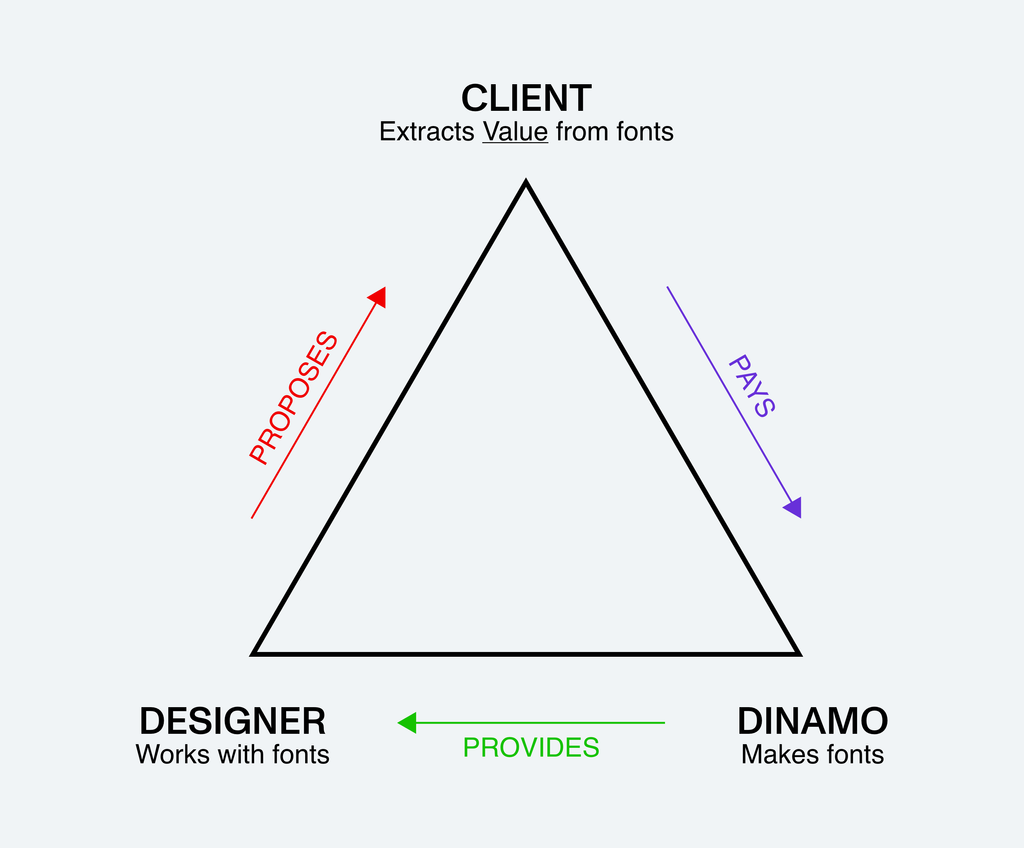
We launched Dinamo 3.0 in September 2020. As well as new design, our biggest change has been adopting a value-based pricing model instead of the traditional use-based model of most foundries. A year later, we're publishing this company report in the spirt of transparency—and to show how the switch has been beneficial in a variety of ways.
Adapting to a new, streamlined system was a risk for us (as the old model was working well, commercially speaking). We were convinced it was the right thing to do, but unsure it would be financially sustainable. We’re glad it’s working out so far, producing just as many good vibes as it does good returns. So now that we’re feeling more confident with it, we wanted to share our experience with you. We believe that if more foundries adopted a value-based pricing system, everyone would benefit—i.e. designers, clients, and foundries.
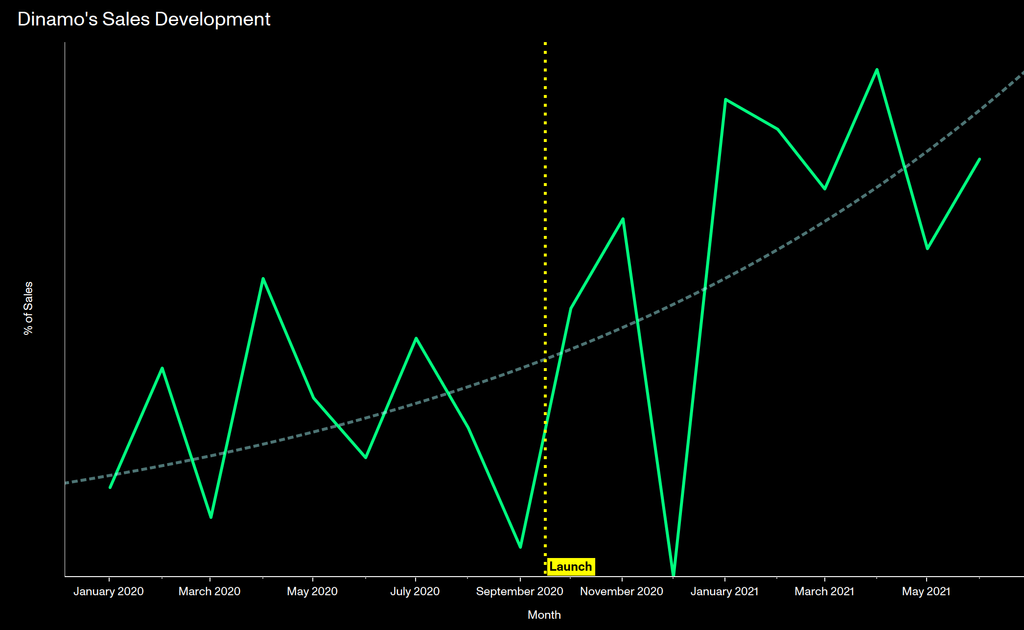
Changing our licensing model not only simplified things but also increased our font sales.
Below, we’ve explained our thinking, accompanied by internal company data that shows the effects of our new model on our sales. These numbers have been crunched by Rea Stamatoulakis and Vanessa Olt of the all star business consultancy service for creatives, Nea-Kosma. We hope this report will give you a better sense of what adapting to a new licensing model has meant for our business and customers.
Two things we believe are true:
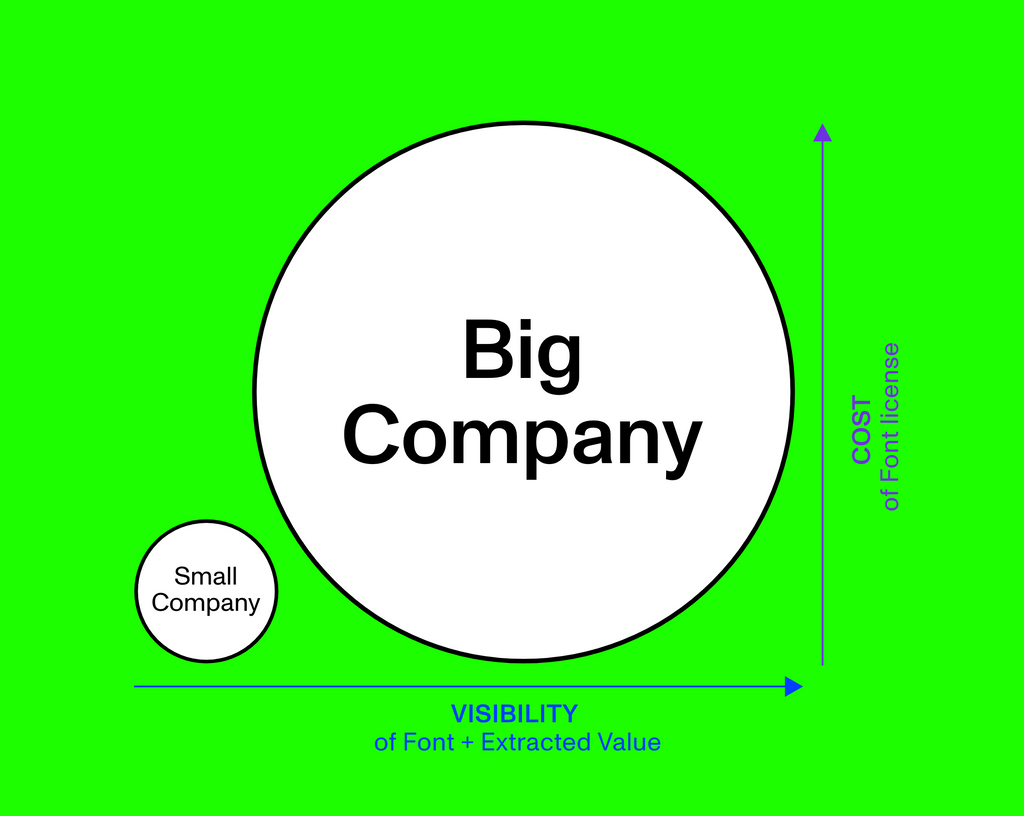
One: The value & exposure of a font grows relative to client size
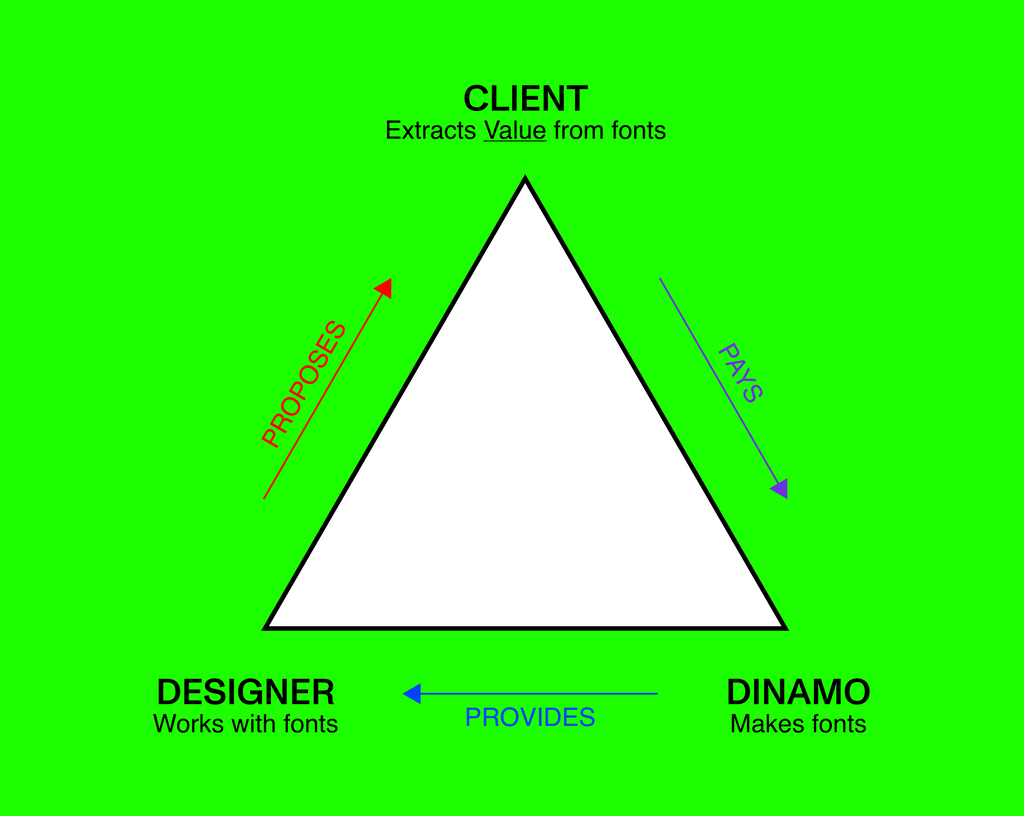
Two: The client should pay for production cost (incl. fonts), not the designer
Therefore, our fonts are now priced based on the company size of the font’s license owner—the client commissioning the design work—rather than the number of people who use the fonts. This is what we mean by “value-based pricing.” We made this change for several reasons:
1. We spent too much time explaining a licensing model we didn’t believe in
We found that these conversations quickly become technical or dry, and aren’t exciting for us or our customers. They distract everybody from their actual work, which is to make fonts, or design and develop ideas.
When someone chooses a font, it’s an exciting moment: It’s like finally deciding to buy that special cheese grinder. But what we started to notice is that right after that decision is made, it becomes a frustrating process. And that’s an issue.
Say a designer wants to use ABC Marfa and they’ve spent a long time making that decision, the next step is that they have to figure out the license. Maybe their client doesn’t know that fonts cost money (which is often the case), and suddenly the designer is selling the client something they didn’t know existed.
The designer is then asked about web traffic or App downloads by the foundry, but maybe the company is a new one so doesn’t have those metrics yet. There are so many possible dead ends to the conversation. The designer is confused, the client is confused, and we’re confused.
2. The standard licensing model doesn’t reflect how data is circulated today
Defining a set amount of computers that use a font doesn’t make sense any more. It could make sense if you have just 10 hard drives with the fonts on them. But now, everything is in the cloud. Projects are stored on GitHub. Files are seamlessly circulating—and actually the number of computers they are used on can’t be properly counted, and it shouldn’t have to be.
The idea of one computer feels outdated—your phone is also a computer.
3. With use-based licensing, often bigger companies win. They get the cheaper price.
This is because small companies are often structured in a way where different staff members do different types of work: One person might do three different jobs—maybe design, development, and marketing.
So if the small company would license a typeface based on how many computers use the font, that might be three computers because it has a small team who do a lot. But if a mid-sized company with a design department of three people would license a font based on how many computers use it, that would also be three computers. It then pays the same price as the small company. But the bigger company extracts a lot more value from the font, because the bigger the company is, the bigger its marketing and reach.

Fair font purchasing in four clicks
With a value-based model, the steps for buying fonts are quicker and easier to navigate, as you really only need to know one number: Company size. That’s how we now price our Web, App, Desktop, and Social licenses.
Company size means: How many people work for a company in total. No other metric is needed. We’ve done this because we believe that individuals, small companies, and institutions should not have to pay the same price for typefaces as large companies. In other words: Companies should pay relative to their revenue potential. It’s much fairer for everyone involved.
Some data + our Analysis
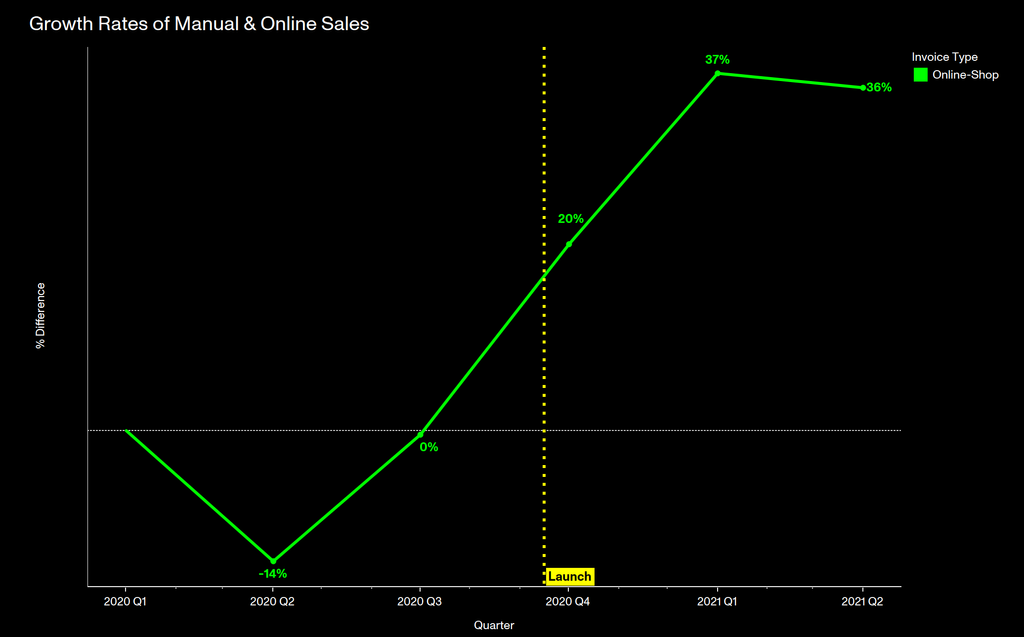
“When Covid-19 hit, our online sales decreased by 14% compared to previous quarter. With the launch, they then grew by roughly 20% relative to the previous period. There’s been a general upward trend of online sales since our launch: It suggests that our customers now understand our licensing system and—hopefully—continue to appreciate the new work we publish.”Nea-Kosma
As you can see in the graph above, our online sales have increased since implementing this new model. Customers seem to understand how we price our fonts better than they once did, because they're buying them more often.
In the graph below, you can also see that small companies are now winning: More small design firms and freelancers are purchasing our fonts, because our model is fairer on them.
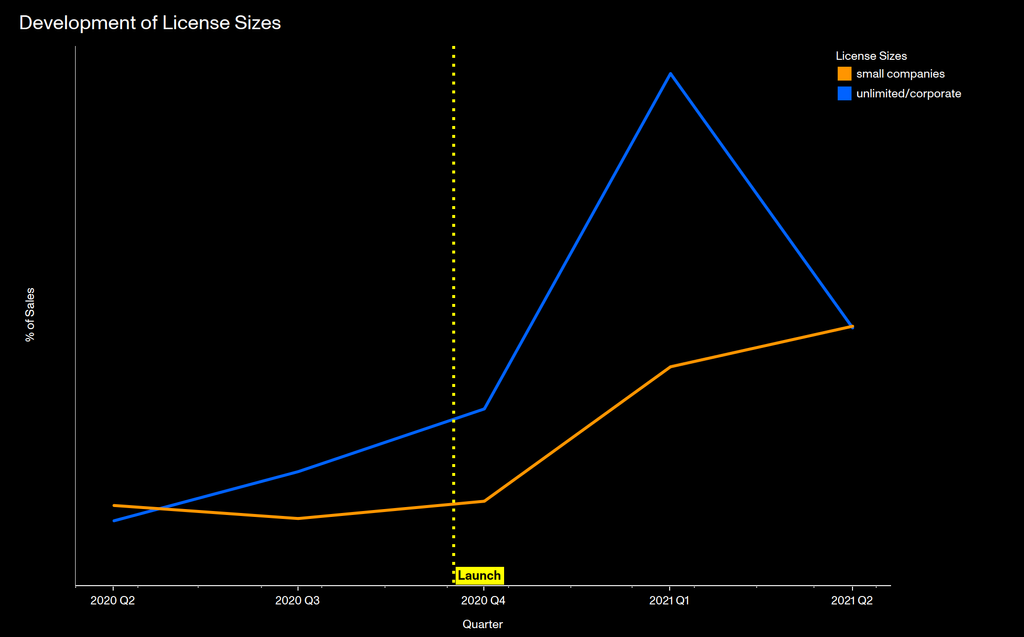
“There’s been a big spike in revenue generated from unlimited licenses since the launch—which you can purchase by getting in touch with Dinamo directly, and which tend to be bought by large scale companies. What’s interesting to see is that since the switch to a value-based model, small companies are purchasing more of our fonts: It suggests that they now feel more confident buying from us because the process is more transparent and fairer on them financially.”Nea-Kosma
If everyone were to adapt this simpler model, the process of selling fonts would be improved. And it’s already happening: Week-by-week a new foundry gets in touch with us, asking for advice and insights, and more and more switch to our pricing model. It’s really exciting.
The concept of value-based pricing hasn’t entirely arrived in people’s minds yet, so getting them to understand how it works is an ongoing challenge. We’ve personally found that our clients understand everything quite quickly—and we’re pleased to see that the data confirms that.
To make a change across the industry, it’s a matter of establishing a new system and getting enough big players to pick it up so that it becomes the standard.